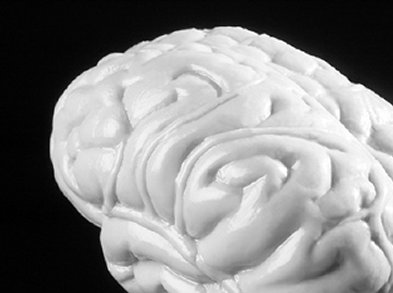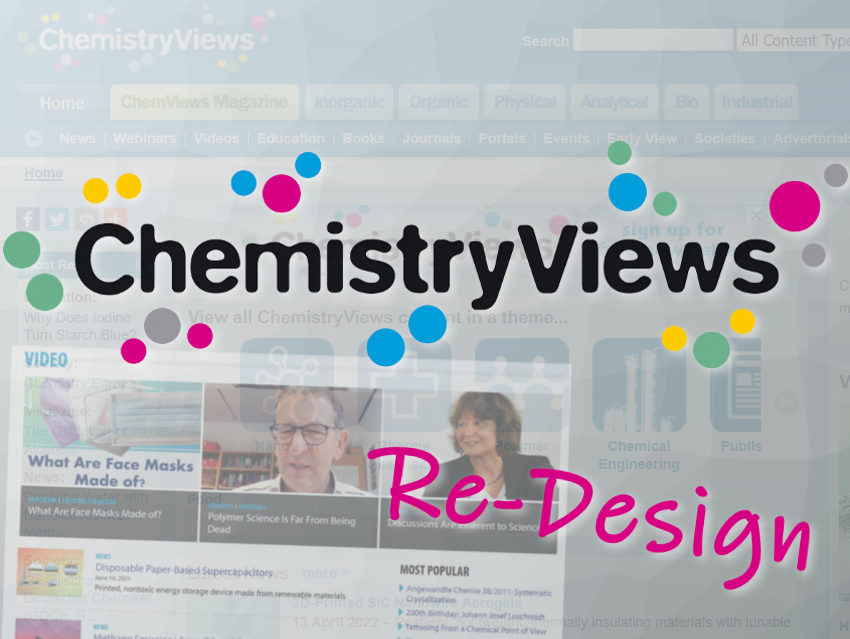How do we communicate the grand challenges, such as environmental stability, to the broader community? What about understanding Darwinian evolution? In their Editorial in Angewandte Chemie, Jay T. Goodwin and David G. Lynn, Emory University, Atlanta, USA, discuss the integration of the sciences, humanities, and arts to teach the concepts of evolution. Examples of activities include musical representations, as well as sculpture and dance.
This “STEM to STEAM” approach (science, technology, engineering, and medicine to science, technology, engineering, arts, and medicine) has also been applied at Emory University. In a scheme that operates across departments from neuroscience to religion, and from chemistry to philosophy, selected scholars are challenged to communicate their discoveries to both entering students and graduating seniors. This has the benefit of not only communicating research across the range of disciplines, but also throughout the vertical university hierarchy. Integration of the sciences, humanities, and arts in this way will not only allow the communication of specific complex ideas, but also lead to an overall enrichment by lowering the barriers of learning.
- The Development of a Complete Mind: Integration of the Sciences, Humanities, and Arts,
Jay T. Goodwin, David G. Lynn,
Angew. Chem. Int. Ed. 2014,
DOI: 10.1002/anie.201400597




